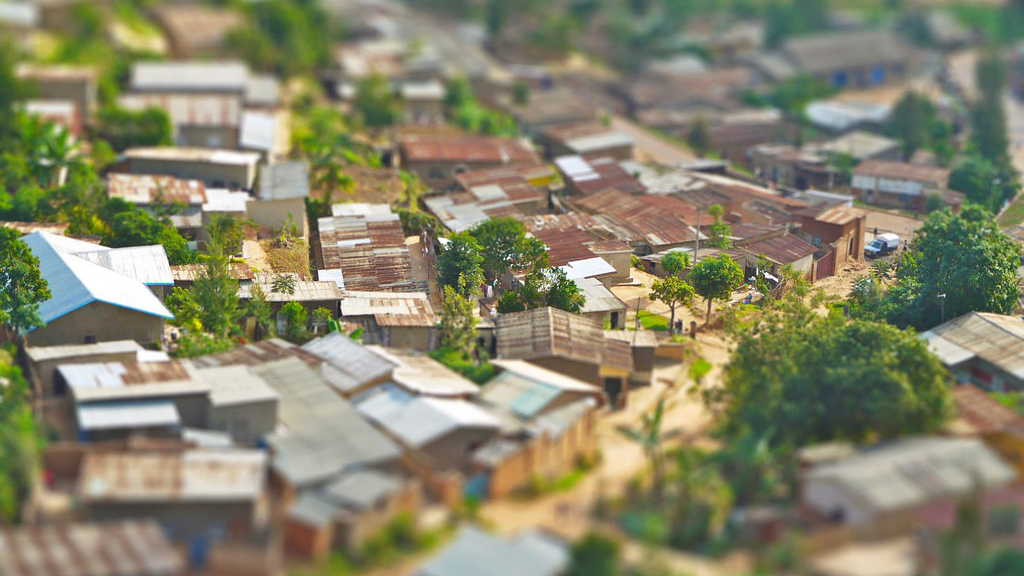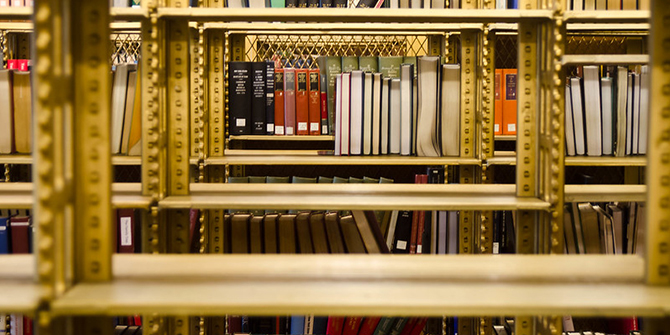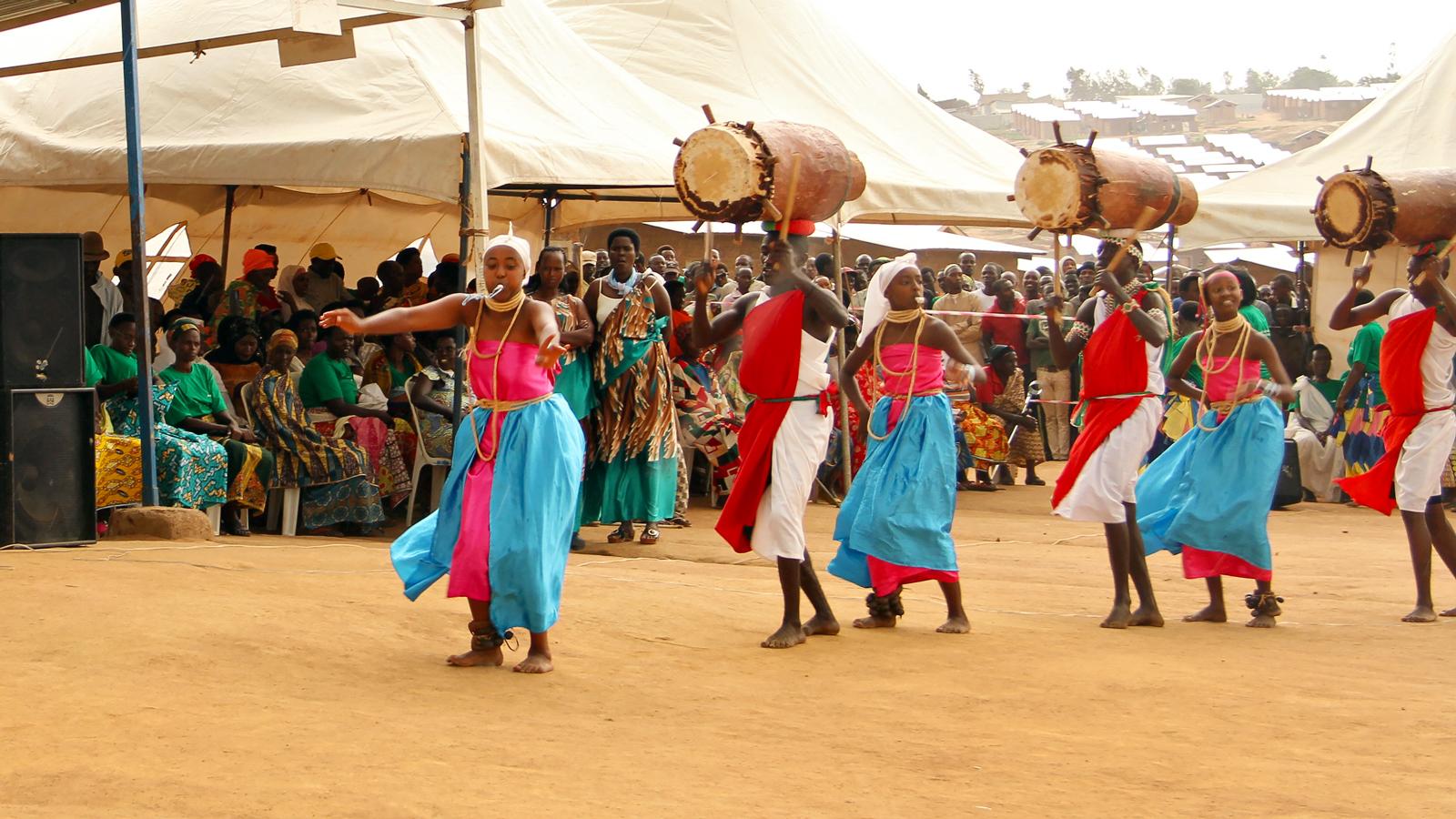Rwanda is often said to have enjoyed exceptional relations with aid donors since the 1994 genocide, due to guilt from foreign governments’ inaction. By looking at two aid donors, Canada and the Netherlands, this claim is shown to be more complicated, drawing attention to the complex drivers behind relations with Rwanda and authoritarian aid recipients more broadly.
Canadian Prime Minister Justin Trudeau’s recent trip to Africa stirred criticism for the hobnobbing with authoritarian leaders it entailed, some with rather unsavoury human rights records. The trip, designed to bolster support for a Canadian seat on the UN Security Council, raised once again a key international conundrum: how do we conduct diplomacy and development cooperation in a world where authoritarianism is a norm? And at what costs?
When we mapped post-genocide Rwanda’s aid relations for an article in African Affairs, this was not the puzzle that animated us. But given the entrenchment of authoritarianism in Rwanda over the last few decades, our work eventually led us to reflect on how the donor community engages with authoritarian partners, and more broadly on how scholars of African politics often misunderstand these dynamics.
‘Genocide credit’
Authoritarianism was part of what we aimed to study only inasmuch as it forms part of the ‘genocide credit’ of which Rwanda-watchers often assume the country benefits. That is, the international donor community is willing to give more and criticise less in Rwanda, because it felt/feels guilty for abandoning the country during the 1994 genocide. This idea is reinforced by media portrayals of contrite foreign leaders at genocide commemorations. It is also encouraged by the Rwandan government itself, which has played the guilt card with the international community to shame and deflect criticism of its human rights record.
We set out to test the ‘genocide credit’, and what we found was something more complicated. Rather than being an exceptionally spoiled recipient, Rwanda fares much like countries already part of favoured groups. Canadian and Dutch officials we spoke with also consistently stressed their awareness of Rwanda’s political transgressions, including early on after the genocide. But political, bureaucratic and idiosyncratic agendas – rather than guilt – amounted to an incoherent approach, including regarding Rwanda’s growing authoritarianism.
Impressive amounts of aid?
When compared to developing countries worldwide, post-genocide Rwanda receives impressive amounts of aid. But this was also true before the genocide. More importantly, when compared to recipient countries in aid priority groups, Rwanda receives average amounts of development aid. Between 1995 and 2017, the sums were on par with other countries participating in the World Bank and IMF’s Heavily Indebted Poor Countries (HIPC) Initiative. It also received aid amounts on par with other countries classified by development institutions as ‘fragile and conflict-affected’. Rwanda is not exceptional among the exceptional.
But the ‘genocide credit’ also tells the story of the donor community turning a blind eye to Rwanda’s transgressions, with some of the worst taking place in neighbouring Democratic Republic of the Congo. We found that Rwanda’s recent aid relations are best understood as comprising two periods: from the genocide to 2000, and from the 2000s to today. For both periods, respondents consistently told us that their government was aware of Rwandan political transgressions. Most of the time they nonetheless chose to prioritise access to the government.
During the emergency period, unsurprisingly, needs drove aid. Large volumes were disbursed quickly and very informally. The period from 2001 onwards is characterised by a ‘return to normality’. Humanitarian aid decreased and standard operating procedures kicked in. According to interviewees, aid relations were even quite banal at times following 2001.
That said, most interviewees stressed their knowledge of the authoritarian context in Rwanda. Canadian actors felt they needed to get creative to address governance issues in ‘non-frontal’ ways in order to continue their work on the ground. The Dutch, meanwhile, at times resorted to more frontal engagement, including aid suspensions, but nonetheless increased their involvement in Rwanda over time.
The drivers of bilateral relations
Our research suggests guilt was never the main driver of these bilateral relations. Aid to Rwanda is, and always has been, influenced by a complicated set of motives – many of them idiosyncratic. The emergency period, because of its reactive nature, allowed much greater space for personal and political agendas in decision-making regarding Rwanda. This is illustrated by Minister of Development Cooperation Jan Pronk’s imprint on the Dutch-Rwandan relations. When bureaucratic management kicked back, Rwanda’s performance as an aid partner certainly factored in, but in large part reflected Canadian, Dutch and international interest in more effective aid partnerships. Key decisions were driven by keeping up the work in Rwanda, as much as they were determined by domestic pressures from Ottawa and The Hague.
Canada ended formal bilateral aid relations with Rwanda in 2012. But this decision came about due to a much larger re-organisation of Canada’s aid programme. For the Dutch, aid suspensions were as much a reflection of pressure from domestic lobbying groups as they were a ‘moral stance’. Political, idiosyncratic, domestic – and dare we say short-term – pressures have always factored into aid relations. Decades of aid to Rwanda never amounted to a coherent approach, despite the country’s growing authoritarianism, largely because it was never solely about Rwanda.
Balancing access, aid delivery and pressures
As we explored the ‘genocide credit’, we eventually concluded that this ‘credit’ is not only the story of the ongoing ‘balancing’ – in their words – bilateral donors undertake to maintain access and navigate multiple levels of pressures (bureaucratic, domestic, international). The genocide credit story is also revealing of how, as academics, we often fail to understand the concrete realities of aid delivery. Given Rwanda’s exceptional history of violence, academics often assume that patterns of aid giving to Rwanda are unique. However, looking only at Rwanda ignores aid giving’s broader patterns.
Donors never operate on single motives and are rarely well-oiled machines. There is often a very human and idiosyncratic side to the story of aid giving. Just as importantly, practitioners are often balancing access and the continuation of their work in-country with security and governance issues. Their lack of frontal engagement with governance and human rights is not a sign that they ignore political transgressions. Rather it is a common belief amongst practitioners that this is a necessary part of the job.
To be clear, we are not arguing that academics should accept this position as the ‘right’ one. We are suggesting that academics should be aware of this reality. From here, they can better reflect with practitioners about the long-term costs of ‘balancing’, especially in authoritarian settings.
Indeed, one key takeaway from decades of aid in Rwanda is that over the long-run continued ‘balancing’ helps enshrine authoritarianism, further limiting donors’ ability to constructively engage their partner on political governance matters. So how do we continue to engage with challenging partners, especially authoritarian ones, in ways that do not contribute to further authoritarian enshrinement?
Academic expectations of direct forms of confrontation – or naked criticism of instances when donors do not confront – do not help us answer this question. We need to understand the complex, and sometimes idiosyncratic and short-term, strategies and motives practitioners deploy in order to help develop alternative forms of operating. We should not be surprised by Canada’s visit to Africa and some of the uncomfortable hobnobbing it gave rise to. We should instead aim to foster a dialogue on how we engage authoritarianism with eyes wide open to long-term impacts.
Photo: ‘UN Women launches HeForShe IMPACT 10x10x10 Initiative’ by UN Photo/Mark Garten is licensed under creative commons (CC BY-NC-ND 2.0).






You guys make a bigger deal out of aid than it actually is. Aid represents less than 2% of Africa’s GDP. Canada and Netherlands are probably the two countries that give the least of it to Rwanda, actually I didn’t even know that Canada was still counted among development partners. Be that as it may, aid represents 14% of Rwanda’s annual budget and about 3% of its GDP. Whatever politics that Rwanda is to adopt is likely to be influenced by the 86% of its budget and 97% of it GDP, which mainly comes from Rwandans themselves. All this to tell you that every conversation that you experts begin with ‘we give them aid’ to assess freedoms – or rights – or justice or democracy is inherently skewed, irrelevant, and inconsequential to Africa’s discourse in the era of AU self-funding, CFTA, Doing Business, etc. You are late, and your conversation is moot. Sorry
I do not agree with you Mr Gateteviews. According to World Bank Economic update of 2015, one of the main characteristic of Rwanda worldwide acclaimed GDP is that it has been dependent not on the country’s export and private sectors but on aid. In 2014, close to 60% of Rwanda’s total public investment came from aid. Rwanda received one billion USD each year in the past three years. The country still has a long way to go on its self funding project. Therefore, the contents in the article are rightly relevant, as they provide insight on Rwanda relationship with aid donors. This topic is not understood by many, considering that current regime in Rwanda has been and continues abusing human rights and violating democracy principles while at the same time it receives aid!!!